Tens of thousands of "aging" bridges
The Francis Scott Key Bridge has been standing for 47 years and in that time it has never suffered a shock so great that anyone would think the bridge would collapse.
But when the Dali, a container ship weighing more than 100,000 tons, crashed into Francis Scott Key, the bridge collapsed in less than a minute.
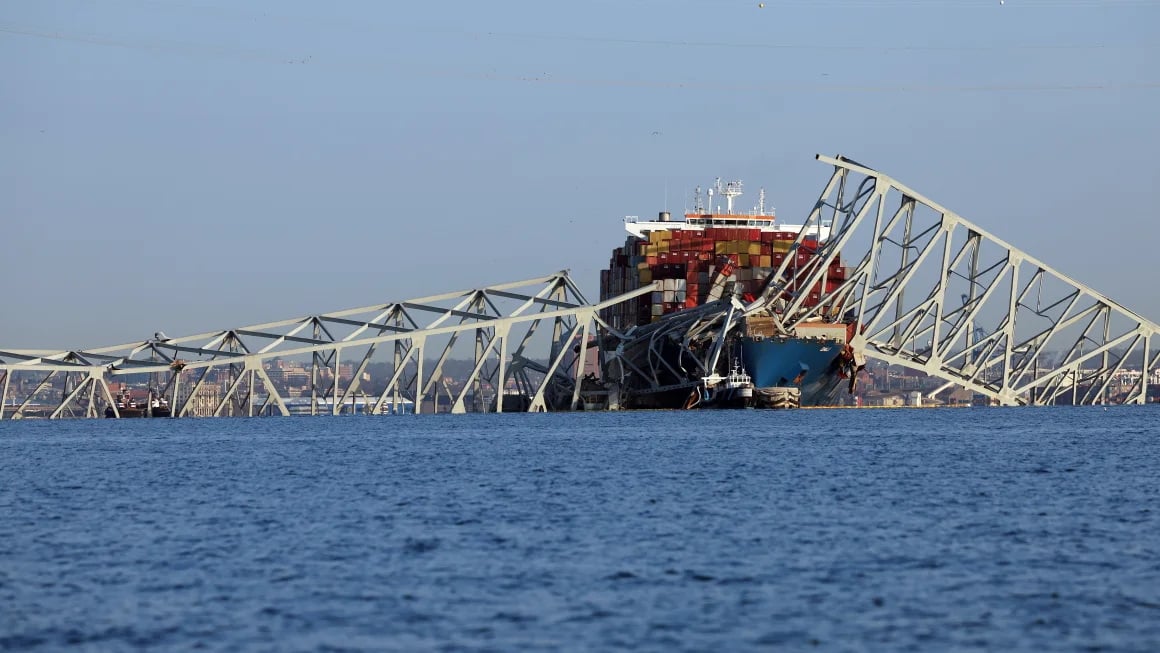
The Francis Scott Key Bridge collapsed completely after being hit by a container ship on March 26. Photo: CNN
While such a catastrophic collapse may not be entirely predictable, bridge collapses due to collisions are not unheard of and are avoidable.
Recent federal safety inspections of the Francis Scott Key Bridge found it to be in “stable” condition, and Maryland’s governor said the bridge’s maintenance was “fully compliant.” But thousands of other bridges in the U.S. are in poor condition.
According to the American Society of Civil Engineers (ASCE), in the US, 46,000 bridges are structurally old and in “deteriorated” condition, and 17,000 bridges are at risk of collapsing after just one impact.
Engineers and other infrastructure experts say extreme weather events, increasingly heavy trucks and collisions from larger container ships pose significant risks to America's bridges.
According to the most recent infrastructure report released by the American Society of Civil Engineers (ASCE) in 2021, about 46,100 of the 617,000 bridges across the United States, or 7.5%, are considered structurally deficient and in poor condition.
Threats to bridges
Many of America's older bridges are vulnerable to severe weather events, such as earthquakes or hurricanes. According to a 2021 report by ASCE, nearly 21,000 bridges were found to be at risk of foundation failure during severe weather events.
A 2016 report by the US Congress found that the seismic resilience of the US highway system has improved in recent decades thanks to investment in new infrastructure.
However, not all highways are retrofitted, and there is still no way to build infrastructure that is both cost-effective and can withstand the most severe earthquakes, the report said.
Additionally, bridges are being impacted by heavier trucks than when they were designed. These heavier trucks, which can exceed 40 tons, risk overloading bridge components, causing metal fatigue and cracking, and shortening the bridge’s lifespan, the ASCE report said.
Aging infrastructure, extreme weather and larger vehicles aren’t the only concerns. More than 17,000 bridges are at risk of collapsing on a single impact, known as “critical failure” bridges.
That means that if impacted with enough force in the right place, a large section or the entire bridge can collapse, as was the case with the Francis Scott Key Bridge.
What protection solutions are possible?
Experts say there is an urgent need to improve or protect older bridges to withstand increasingly large modern ships. The Dali, which crashed into the Francis Scott Key Bridge on Tuesday, was 300 metres long – nearly twice the length of the ships used when the bridge was built in the 1970s.
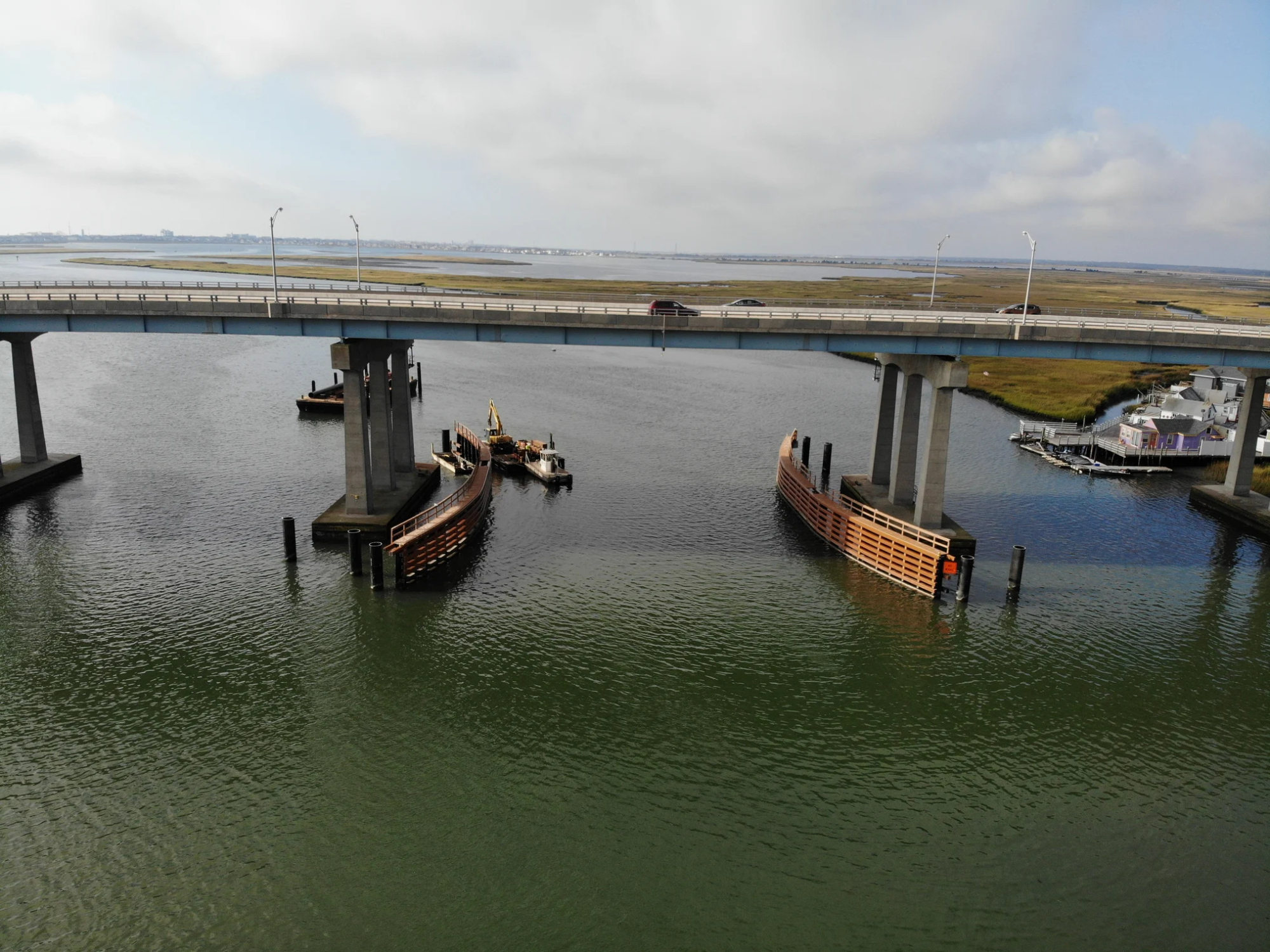
Fenders are built to protect the bridge piers. Photo: CCG
According to a 2018 report by the International Water Transport Infrastructure Association (PIANC), from 1960 to 2015, as many as 35 major bridges around the planet collapsed due to collisions with ships or barges, killing 342 people.
In the first three months of this year, in addition to the Francis Scott Key Bridge collapsing in Baltimore, a bridge in southern China was cut in half and part of a bridge in Argentina also collapsed after large commercial ships collided with them.
“Ships are getting bigger and container ports are focusing on increasing cargo,” Ananth Prasad, president of the Florida Transportation Builders Association, told CNN. “But while we encourage larger container ships, we also need to protect bridges for these one-off situations.”
According to Mr. Prasad, to minimize the possibility of trains crashing into the bridge, it is necessary to build backup safety plans and protect the dangerous points of the bridge.
These can be rows of wooden or steel piles driven into the seabed or riverbed and connected above the water to form a rigid barrier protecting the bridge; or “fenders”. Structures surrounding the bridge piers are designed to deflect some of the impact forces.
Adding these protections would be faster and more cost-effective than building a new bridge, Prasad said, and even more cost-effective given the tens of thousands of bridges in the United States that are deteriorating or unsafe.
Nguyen Khanh (according to CNN)
Source








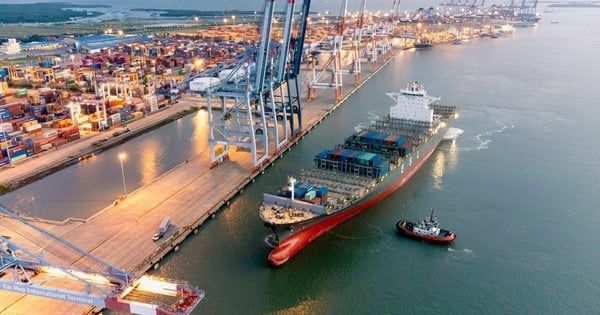

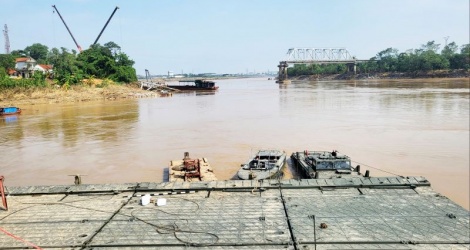

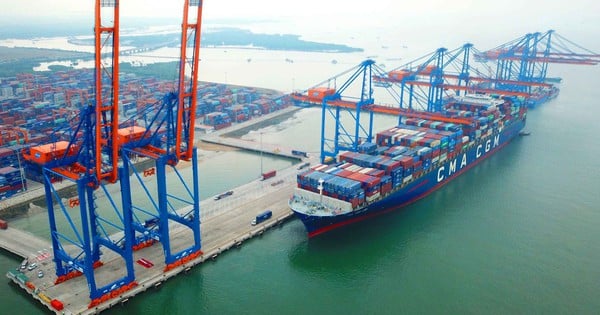
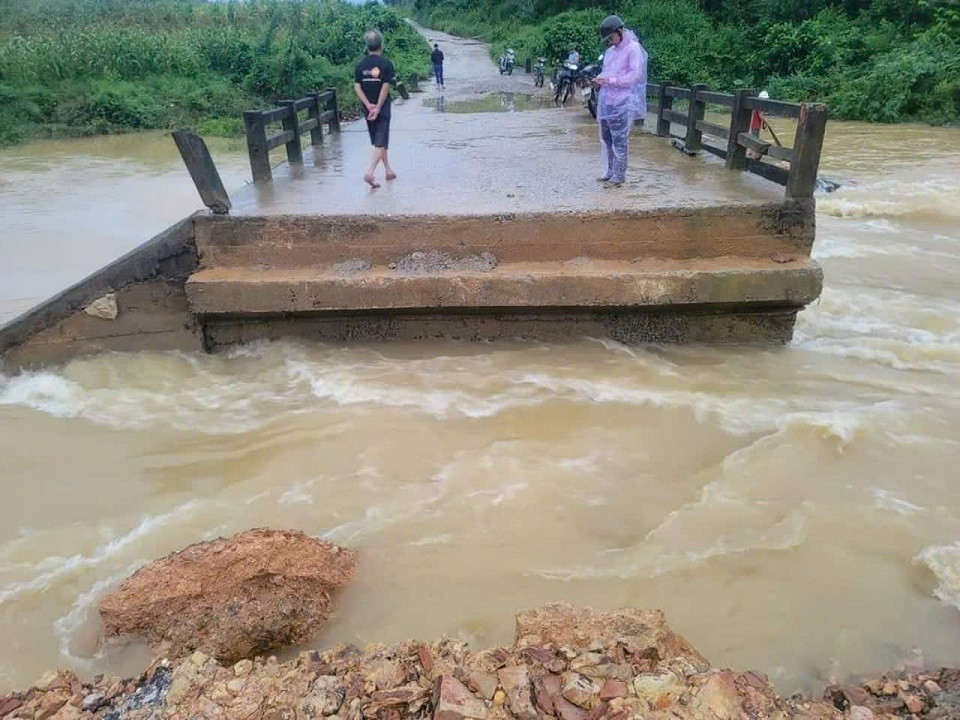

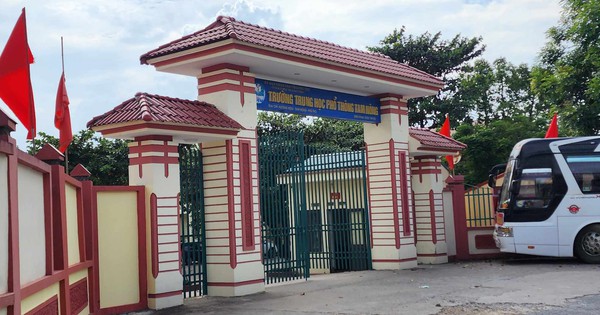




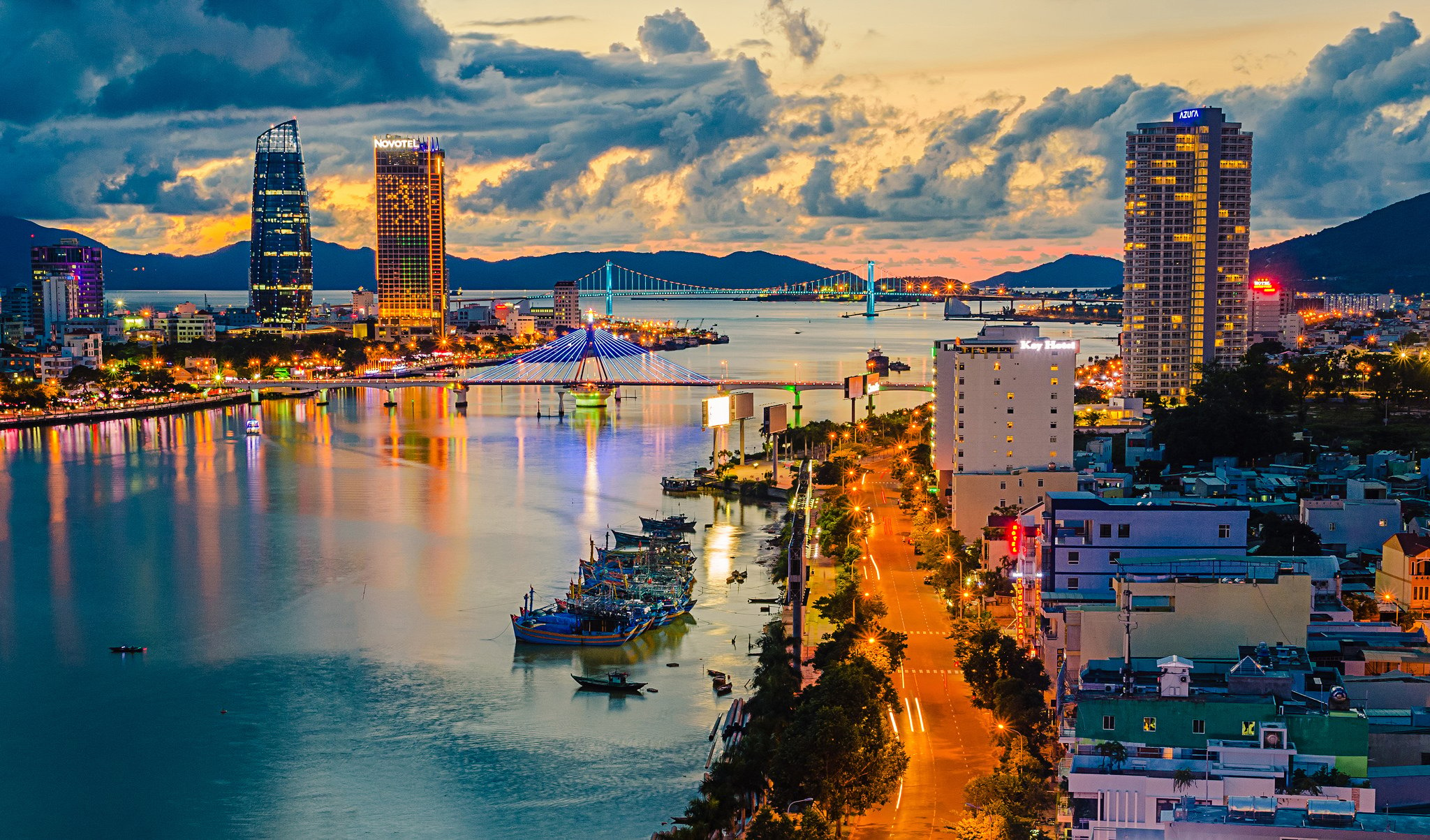























Comment (0)